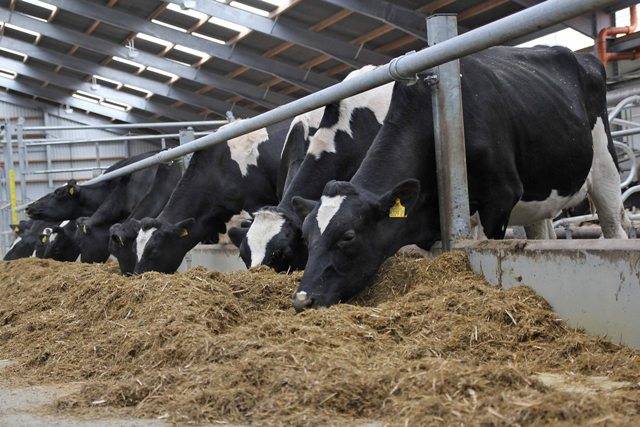
The development of farm animals and poultry in India largely depends on the scientific feeding of animals and the efficient utilization of existing animal feed resources. With the severe deficiency of feeds and fodder in our country, there is an urgent need for defining the requirement of various feed nutrients for different physiological processes of livestock and poultry.
Various research institutions have come out with a number of publications regarding the same. However, to the farmer, these may not be accessible or may be complicated. This booklet, thus, is an effort to simplify this scientific knowledge for the convenience of livestock farmers or the people working for the socio-economic development of the rural poor farmers.
Unscientific feeding of animals leads to poor economic gains and the wastage of animal feeds. Besides, there is a perpetual shortage of grain and fodder production in India. Therefore, to have better utilization of animal feeds the farmer should have the basic knowledge of the scientific feeding of animals. Economically balanced cheaper rations should be given to animals. It should contain all the essential nutrients for maintenance and production.
Animal feeds are generally classified according to the number of specific nutrients they furnish in the ration. They are divided into three general classes:
-
Roughages
-
Concentrates
-
Animal by-products.
The broad classification of feeds is given in the flow chart. There are more than 2000 items that can be fed to the livestock, but only important ones are described.
1. Roughages
Roughages are bulky feeds that have a large amount of less digestible material but have more than 18% of crude fibre. A large number of roughages would suit the ruminants like cattle and goats because of the presence of rumen. The ruminants can digest very easily the crude fibre present in the roughages.
But simple stomached species such as pigs and poultry cannot digest more than 7% crude fibre. So care should be taken that these animals and birds are not fed with an excess amount of roughages.
Roughages are of two types:
1. Succulent forage
2. Dry fodder
For Succulent forage: Click/tap here
We shall discuss Dry fodder in this section :
B. Dry fodder
1. Hay
Hay means grasses for legumes that are harvested, dried and stored at 85-90% dry matter. It means that the moisture content of the green crop is reduced to 10-15% to inhibit the action of plant and microbial enzymes, so that it can be stored safely without undergoing fermentation or becoming moldy.
High quality hay is green in colour, leafy, soft and free from mustiness. When harvested at the proper physiological stage of growth and well cured, it can be utilized as an excellent feed for dairy cattle during the scarcity of fodder and pasturage.

In India, the hay is not made properly. Here hay consists of dry grass on which the seed has ripened and leaves have usually been shed. This way it loses most of the nutrients as leaves are a good source of proteins, vitamins, and carbohydrates. The feeding value of hay in India is considered to be equivalent to that of cereal straws.
Another hindrance for the hay-making is the climate. When the grass is ready to be cut for hay, the weather is often wet and haymaking cannot be attempted successfully.
Hay prepared by processing the leguminous crops is superior in quality to the hay prepared from non-leguminous crops. Legume hay has a high protein and vitamin content It is particularly rich in carotene and sometimes, vitamin D and E. The legume-hay is also rich in calcium and is palatable.
The most common legume hay are lucerne, berseem, cowpea, and soybean. Among the non-legumes, hay made from oats and barley compares very favorably with the hay made from grasses.
2. Straw
Straw is a poor-quality dry roughage. It is estimated that India produces 310 million tonnes of dry roughage annually. Straw is given to the cattle (ruminants) as fillers because straw hardly has any feeding value.
It is highly deficient in minerals, vitamins, proteins. Even the carbohydrate present is of poor quality and provides between 40 to 50% of digestible energy. It is barely sufficient to yield adequate energy to meet their maintenance needs.
For some roughages more. energy is spent by the animal in chewing and digesting the roughages than what the animal derives from the dry roughages.
Table 2: DCP &; TDN Content of some dry roughages on dry matter basis
|
Sl.No |
Dry roughages |
Percentage in dry matter |
|
DCP |
||
|
1 |
Paddy straw |
0.62 |
|
2 |
Wheat straw |
0.0 |
|
3 |
Jowar straw |
1.2 |
|
4 |
Ragi straw |
0.2 |
|
5 |
Bajra straw |
0.9 |
|
6 |
Gram bhusa |
2.2 |
















